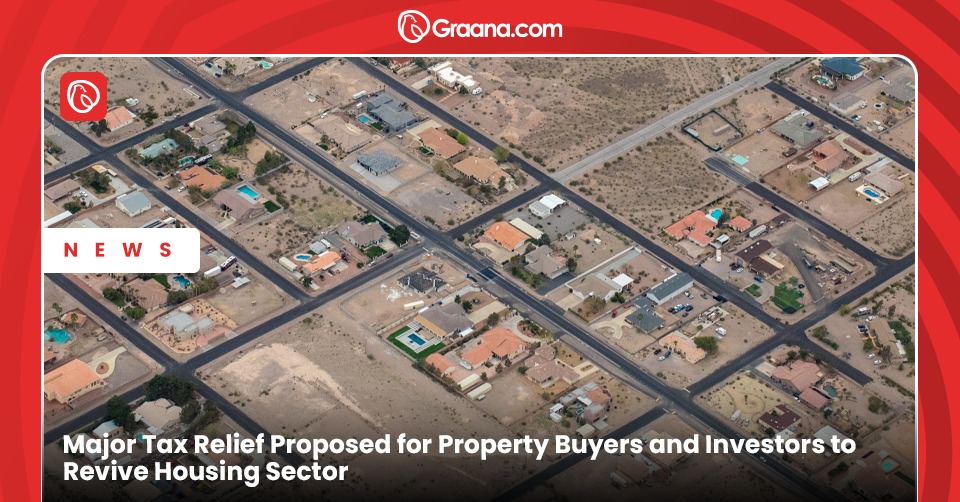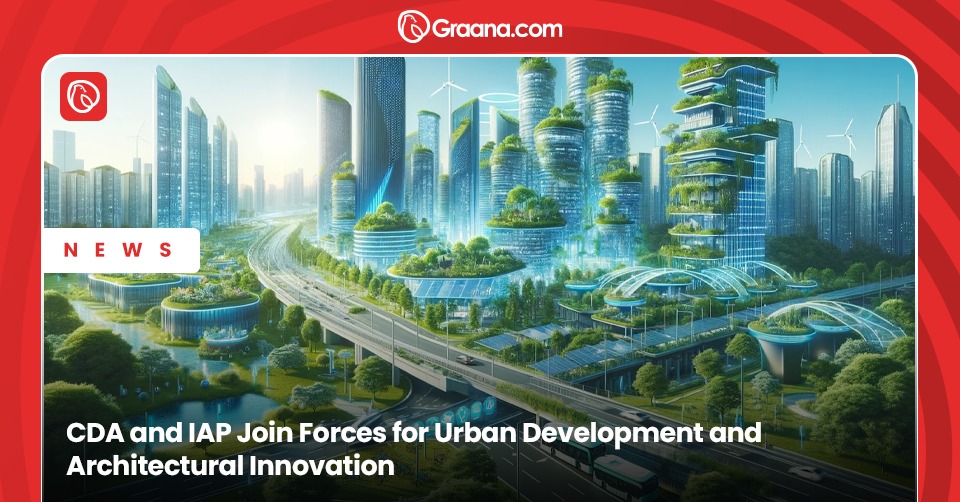Every construction project necessitates a strategy for maximising value and minimising costs to increase profitability. Currently, not all real estate and construction industry players worldwide are aware of value management and its benefits. At the briefing stage, value management is critical, particularly in the contractor’s health and safety performance, design process, cost and quality, contract strategy, and time performance. The level of awareness and implementation of value management differs from area to region and country to country.
Lack of knowledge and awareness, no standard problem-solving method, lack of value management practises by contractors; the concept is new in many regions. The contractor’s unwillingness to implement VM during projects and lack of qualified personnel to adopt VM are implementation barriers. The construction industry must make more efforts to increase value management awareness and application to improve project outcomes.
Value management is a team-based decision-making process that is systematic and structured. It seeks to get the best value out of a project by defining the functions required to meet the value objectives and delivering those functions for the least amount of money, i.e. whole life cost or resource utilisation while maintaining the required quality.
The construction and real estate industry substantially contributes to expanding economic sectors within a country. This industry is in charge of physical and infrastructure development, which includes the construction of roads, bridges, towers, and residential housing. Every industry, in some way, relies on the construction industry to supply space for various processes.
Value management is a systematic, analytical approach to developing holistic, unique answers to complex problems. It strives for the best value by utilising various design and construction procedures to meet its clients’ perceived needs. The functions of value management ensure that construction projects realise the importance of their goods while also taking into account the needs of their clients. It also resolves the associated expenditure limits and a constraint for reducing the additional cost while maintaining project quality and reliability. The fundamental goal of value management is to deliver all necessary functions to the industry at the lowest possible price while maintaining the industry’s mandated levels of product quality and performance. As they are exposed to buildability and rapid technological developments, stakeholders must assess the acceptance and impact of value management.
Value management mainly focuses on money’s functioning and value rather than reducing the overall cost. It proceeds in an innovative way to collaborate and achieve the needs of clients and stakeholders. Therefore, Graana.com brings you a list of benefits of value management in the construction industry.
Benefits of Value Management
Systematic approach
Rather than reducing overall cost, value management focuses on the functioning and worth of money. It works collaboratively and creatively to meet the demands of clients and stakeholders. It provides a systematic foundation for value and function decision-making across the project life cycle. It has a defined beginning and end instead of cost-cutting exercises, typically unstructured and carried out informally. The task plan, which comprises a series of phases that guide the VM team through the problem-solving process, is the name of this method.
Clarity
VM ensures that the project brief is clear, which improves communication among stakeholders and reduces disagreements caused by expectations and project requirements that are not met. This continual process guarantees that the project is delivered cost-effectively while still meeting the business requirement. VM exercises cover both monetary and non-monetary aspects in this way.
Inter-disciplinary approach
A group of individuals is brought together to analyse all aspects of the studied project. They all work together as a group under the leadership and guidance of the VM facilitator. Most projects use various disciplines because no one individual is an expert in every construction project area.
Function analysis
The core of VM is function analysis, which distinguishes it from other “cost-cutting” applications. When it comes to standard cost-cutting exercises, the question of what it is and what else could be used comes up. VM must be carried out without jeopardising the client’s quality, reliability, safety, and aesthetics requirements.
Improve property value
The primary goal of VM is to increase value rather than cut costs. The product/value is created by balancing cost, time, and function/quality. The benefit received by the client or the inhabitants of such a building or structure is sometimes referred to as value.
You can incorporate VM to provide all the necessary project functions at a lower cost and provide additional functions without increasing the cost.
Total life cycle
It is the present value of the overall cost of the building/asset throughout its whole operational life, which includes initial capital and construction costs, running and maintenance costs, and the cost or benefit of eventual asset disposal.
Because construction expenditures and other costs and money get committed as the project develops, the chance to improve the value of a project is most suitable at the start. Objections to design or any other aspect of a project should be made as early as feasible, preferably during the briefing and design process. There are no to extremely minimal implementation costs for ideas presented during the short stage. It becomes more expensive to remodel the building after construction begins and comprehensive drawings are completed. Once the structure is built, the alternatives are severely limited, and the price of changes are prohibitively high. Later in the process, the proportional benefits of VM intervention tend to be lower.
In conclusion, the VM approach adds additional value to a project and can be a game-changer for the real estate and construction industry. It offers value for money while achieving other intangible advantages when implemented correctly and with continual interventions through pre-determined stages throughout the project life cycle. It should be regularly updated throughout the project life cycle because its success is dependent on a constant process that guarantees the project has a solid business case.
If you are missing out, now is the time to employ value management practices to reap its benefits. Get to know Labour Rates for Construction in Pakistan.




